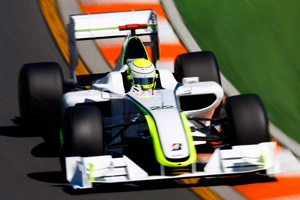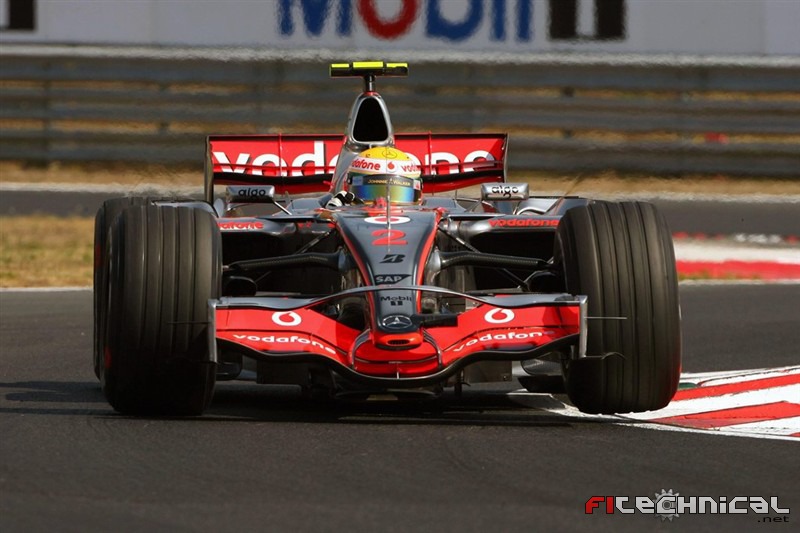ISLAMATRON wrote:Port injection spays into the intake runner, not into the cylinder head... the main difference being that F1 engines have individual throttles for each cylinder, and that the entire airbox serves as the intake manifold, so spraying at the top of the intake trumpets gives it the more time needed to vaporize because of the higher revs of an F1 engine.
Yeah, most fuel injectors are connected to the intake runners, but usually this is for ease of packaging, not because of mode of operation... most injectors still spray into the intake port onto the surface of the valve (notable exceptions include several Ferrari engines, whose fuel injectors are mounted further up the intake runner and operate somewhat like a hybrid between shower injectors and port injectors)
ISLAMATRON wrote:The intake runners in a regular car and the intake trumpets in an F1 engine serve the same function... the only difference is the placement of the throttle.
Yeah, intake runners serve the same function in all cars... they use Helmholtz resonance to increase induction charge mass. And though most engines place the throttle before the plenum, there are several high performance engines that use ITBs just like F1 cars (BMW, Ferrari, and Mercedes all use throttles located right in the intake runners), but this is has no effect on the FI system. The throttles are located where they are to improve throttle response and decrease pumping losses.
If you can imagine a throttle being mounted right in the air ram, if the driver suddenly went from a wide open throttle to a nearly closed throttle, the engine would keep at high revvs because it would still have plenty of high pressure air in the airbox, leading to a delay in throttle response (alternatively, if the throttle opened, there'd be a delay between when the throttle opened and when the air hit the engine)





